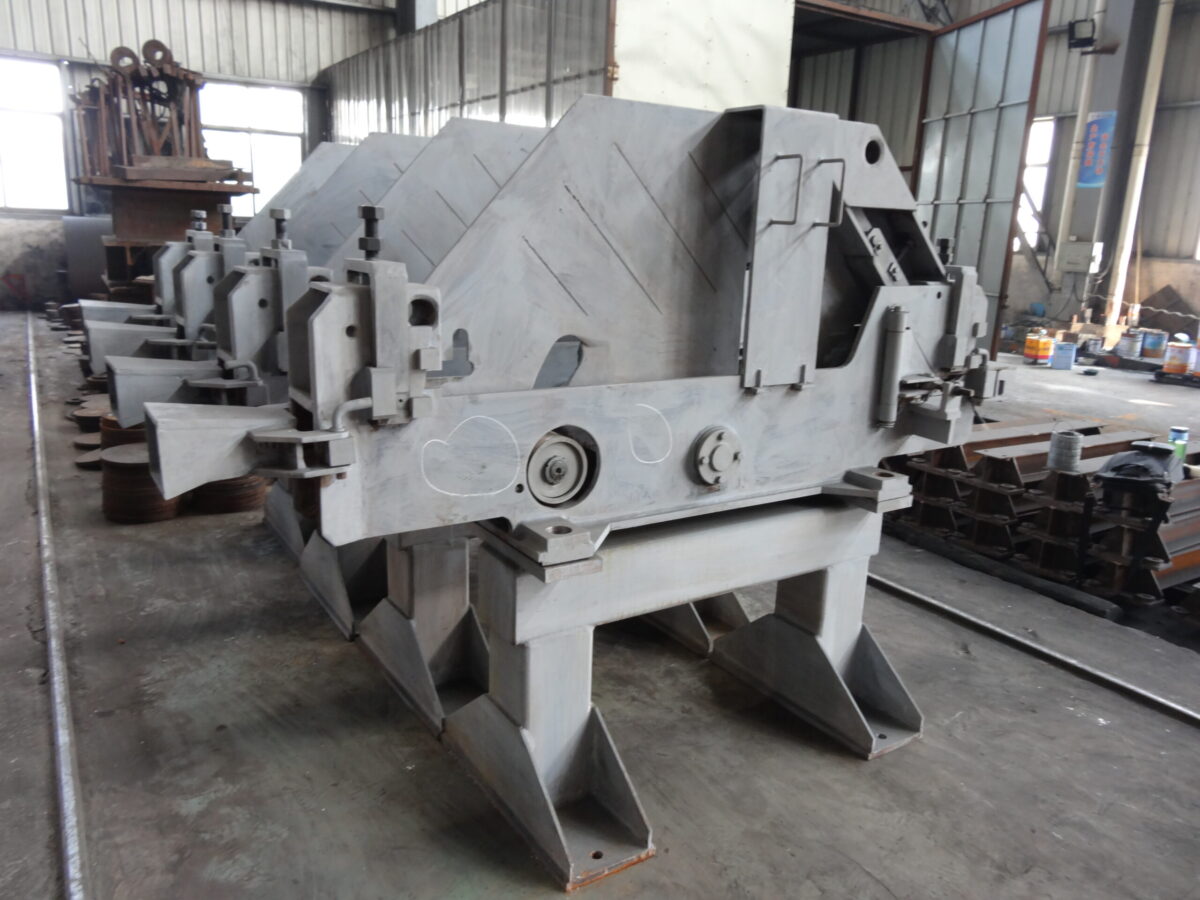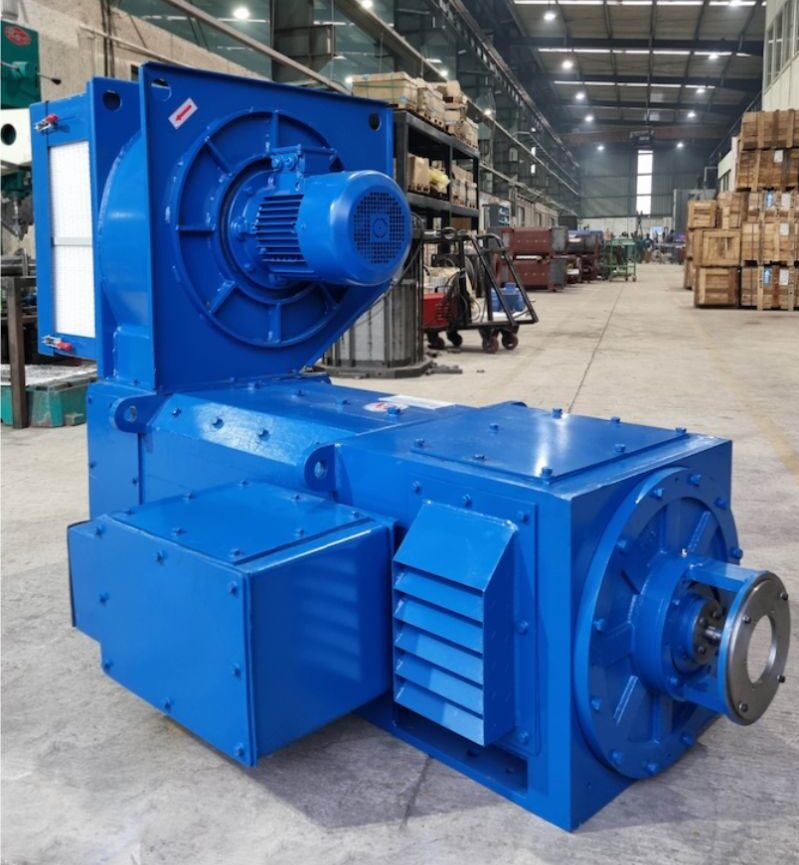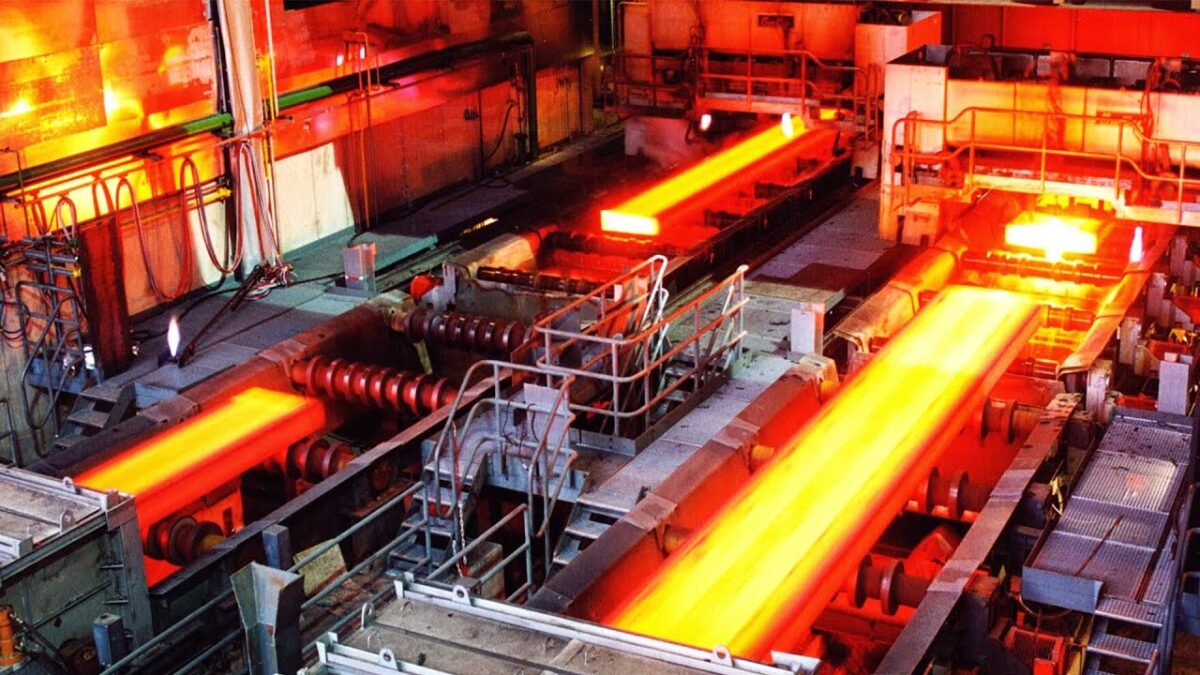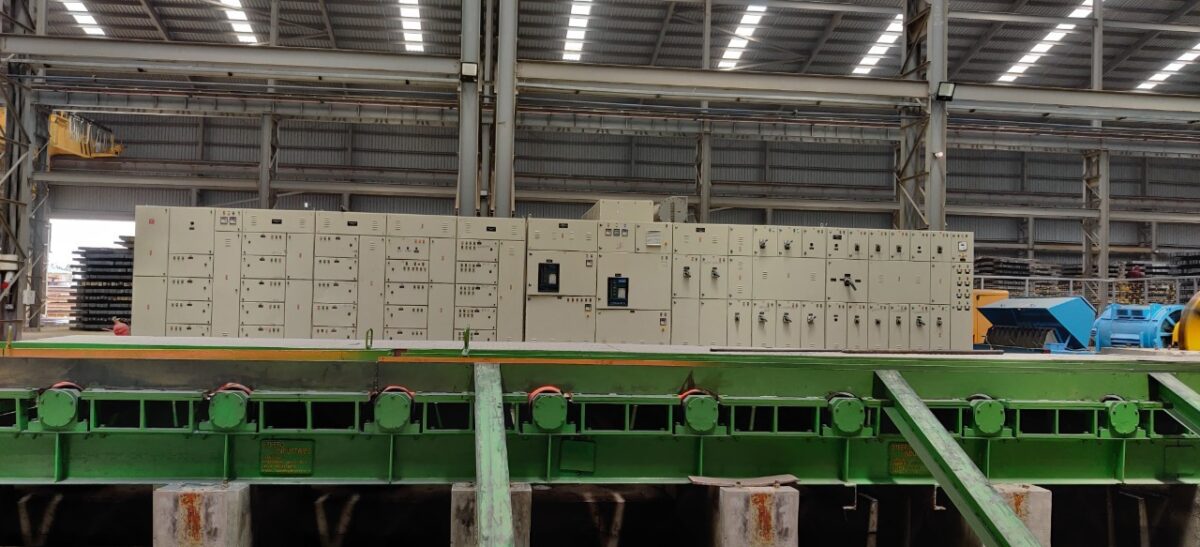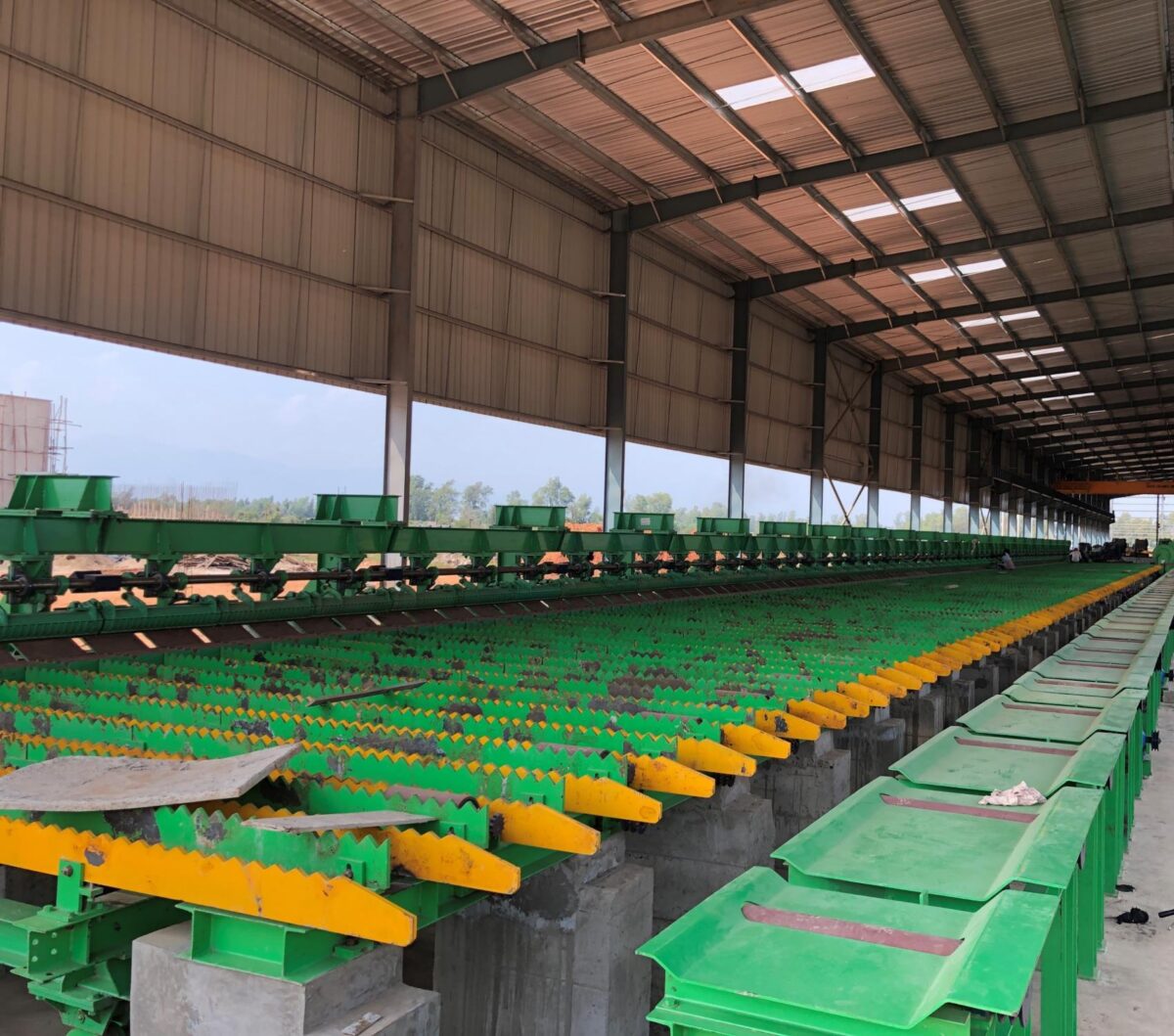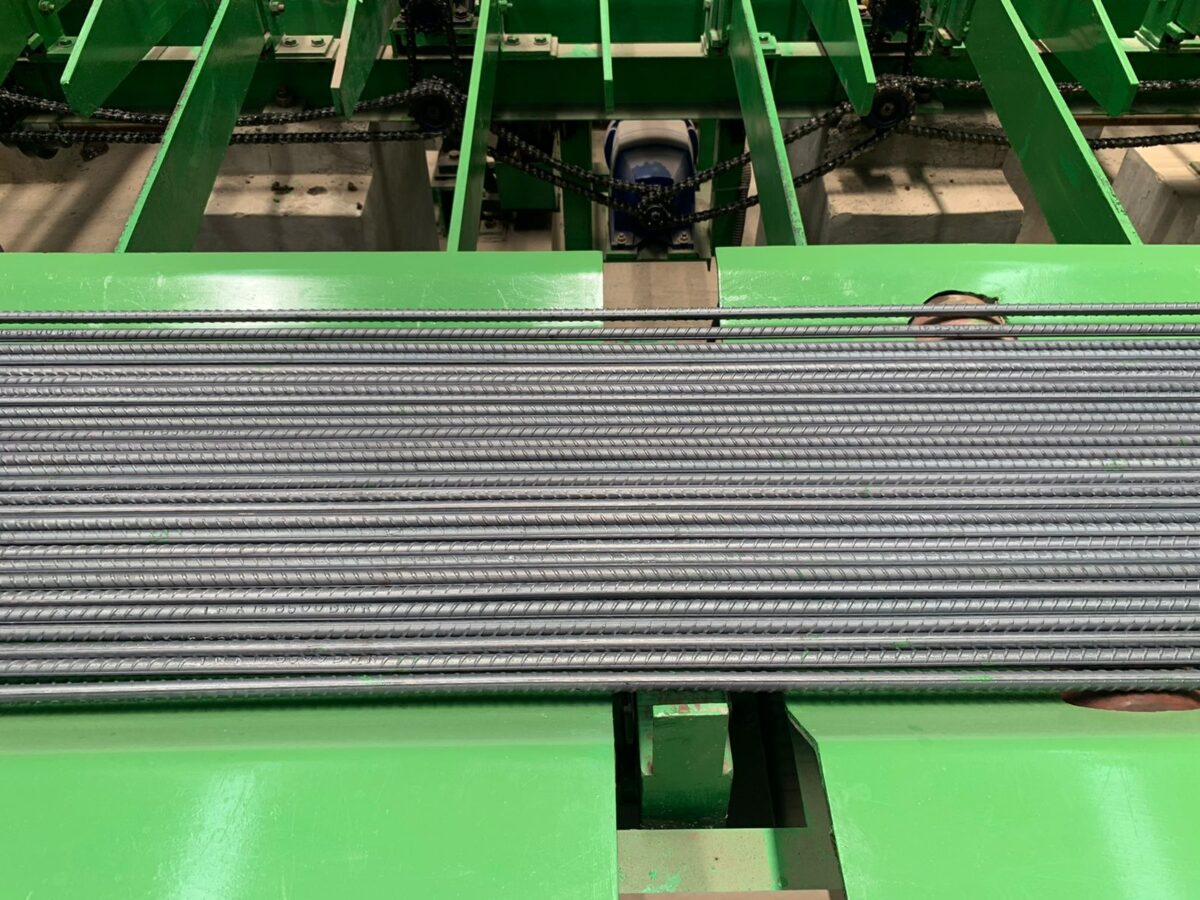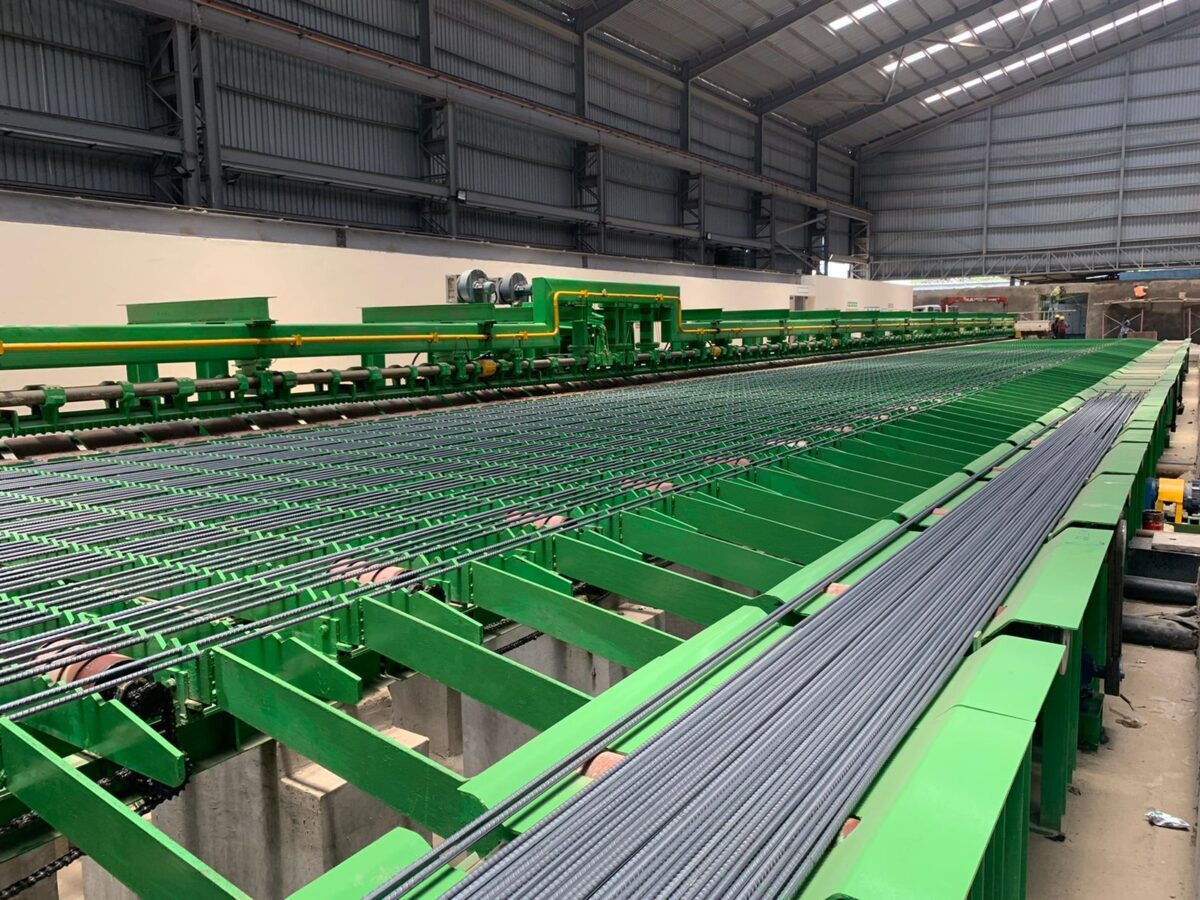The steel production procedure is a part of a complicated, intricate and highly-specialised industry that demands a plethora of premium quality equipment to manufacture the best steel products. One key piece of equipment that must be present in the production process to ensure seamless operation is loopers. Let’s take a closer look at loopers and how they impact the steel rolling industry.
What are Loopers?
Loopers have a simple purpose in the manufacturing process. This equipment manages the material in steel rolling mills by regulating the movement and processing of hot steel bars. These loopers comprise a set sequence of rollers that assist in moving hot steel bars across the steel rolling mill. The purpose of these loopers is to provide a steady and stable condition for the processing of steel bars. This decreases the risk of product defects and improves the quality of the final steel product.
What is the Role Of Loopers in Steel Rolling Mills?
Loopers are vital in the steel rolling process as they temporarily provide efficient and suitable housing for hot steel bars. During this period, the hot steel bars cool and straighten before starting the rolling process to receive their ultimate shape. Loopers are also responsible for controlling and regulating the tension variation in the steel bars. Doing so reduces the risk of defects and imperfections and enhances the overall quality of the steel bars.
The looper also enhances the general efficiency and security of the steel rolling mill. Due to the looper, the chances of injury are reduced as it decreases the requirement for manual intervention or handling.
They are also responsible for enhancing the efficiency of the steel rolling mills. It is because hot steel bars travel swiftly during the process, decreasing the time consumed during processing and improving quality.
What Are The Different Types Of Loopers?
When it comes to loopers, there are two primary types that are operated in steel rolling mills:
- Vertical loopers
- Horizontal loopers
Vertical Loopers
As the name suggests, vertical loopers move hot steel bars around the steel rolling mill vertically, generally in an upwards position. The vertical looper is employed to raise the hot steel bars to an elevated position from a lower one. These bars can then cool and straighten to receive their final shaping.
These types of loopers are perfect for steel mills where hot steel bars need vertical motion, like mills with rolling stands in operation.
Horizontal Loopers
For horizontal loopers, they transport the hot steel bar from one side to the other of the steel mill horizontally. The horizontal looper is employed, especially when hot steel bars must move through numerous processing stations to get to their temporary storage location.
This kind of looper and its horizontal movement is beneficial when steel bars need to go through continuous rolling mills.
How To Choose The Right Looper?
The looper type relies on the specific needs of the steel rolling process and the mill’s overall layout. Both vertical and horizontal loopers play an essential role in managing the movement and processing of hot steel bars in a steel rolling mill, and both have their unique advantages.
Why Trust The Steefo Group For The Best Loopers?
If you are searching for the best loopers for your steel rolling mill, look no further than The Steefo Group. We can supply you with everything your rolling mill will require, including loopers. We have been the most favoured integrated rolling mill manufacturer for nearly four decades. The Government of India also acknowledges us as the Star Export House, and we adhere to our reputation. With over 100+ establishments, we are a notable name worldwide and in the country.
Understanding The Steefo Group’s Loopers
When you select loopers from The Steefo group, you are ensured quality. You also get your hands on the most innovative and futuristic products that will allow you to enhance the face of your business. The Steefo Group specialises in everything, from turnkey projects to single modular projects, depending on the needs of your business. From TMT bar rolling and wire rod mills to products such as loopers, rolling mill gearboxes and more.
Our loopers follow rigorous testing procedures and quality checks to supply the best-in-class products. Our focus on technology and innovation also provides you with the most up-to-date loopers for your rolling mill.
To learn more about the Steefo Group and their products and how they can improve your productivity and profits, contact +91 98240 76873 or drop a mail at marketing@thesteefogroup.com.
